#golden age of animation
Explore tagged Tumblr posts
Text

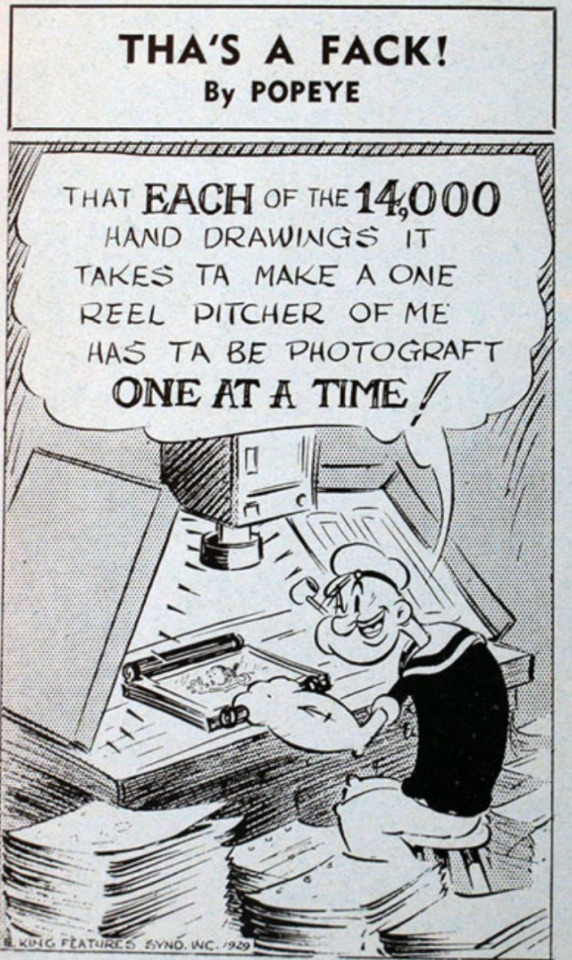

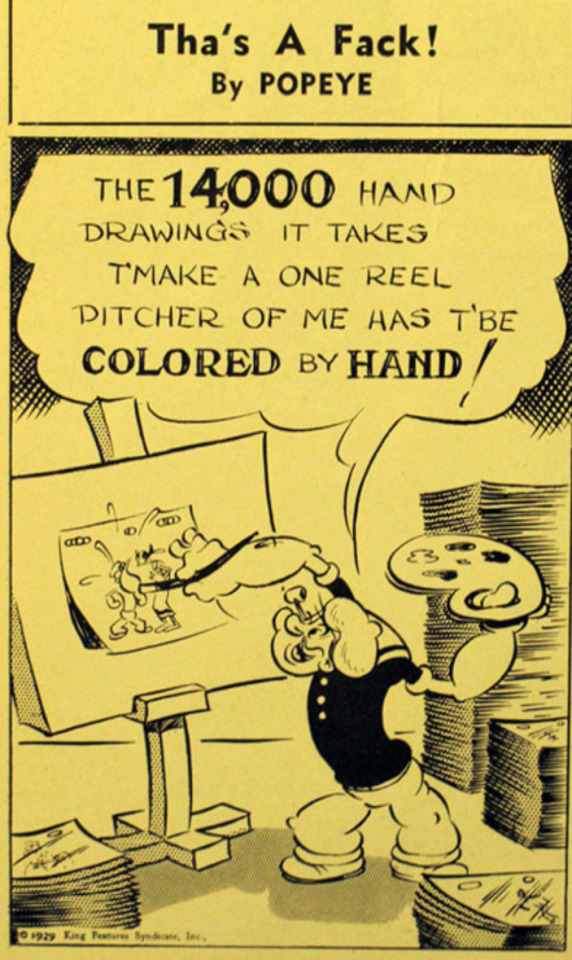
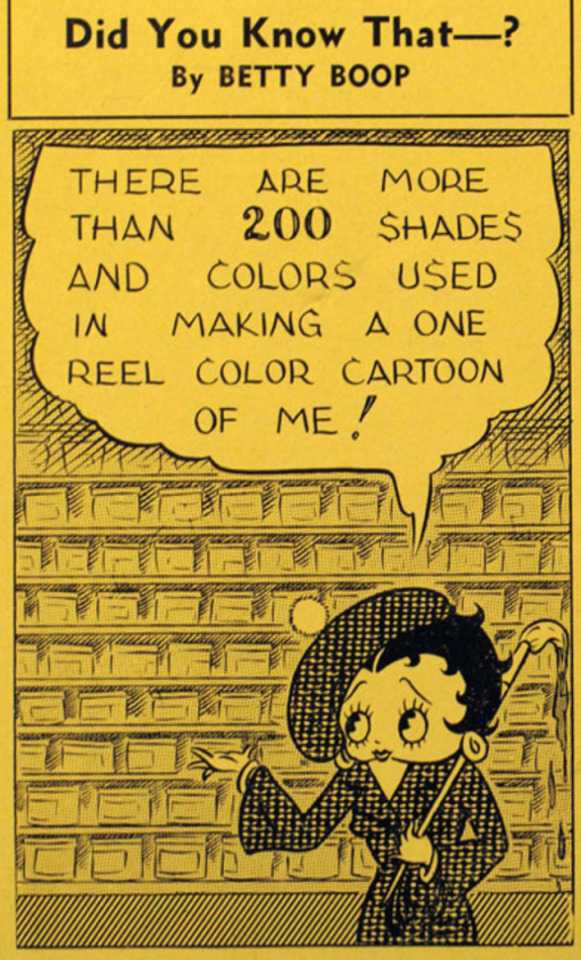
Various Fleischer studio/paramount sales poster art from 1937 during the Fleischer strike
#animation#new york animation#golden age of animation#classic cartoons#cartoons#betty boop#popeye#strike
117 notes
·
View notes
Text

Hello Again! Today here’s some drawings of American Cartoon Characters by Tezuka I don’t have an exact date but given the Krazy Kat dell comics design comes from 1951 I’d say around that time most likely.I love this piece because we get to see some cartoons beyond Disney and Fleisher he enjoyed:
#1950s#oswald the lucky rabbit#andy panda#woody woodpecker#popeye the sailor#The Little King#Betty Boop#scrappy#looney tunes#mighty mouse#Felix The Cat#Disney#mickey mouse#Krazy Kat#Tom and Jerry#golden age of animation#old manga#osamu tezuka
24 notes
·
View notes
Text

Giving Barney Bear the star treatment! Happy 85th birthday. “The Bear Who Couldn’t Sleep” June 10th, 1939.
#Spike Brandt#MGM#Warner Bros#Warner Bros Animation#Barney#Barney Bear#Rudolf Ising#Pinto Colvig#Billy Bletcher#Paul Frees#Frank Welker#Lou Scheimer#Richard McGonagle#Stephen Stanton#Preston Blair#birthday#bday#anniversary#classic cartoon#golden age of animation
29 notes
·
View notes
Text
CW:
Blood, gore, and many ruined childhoods GALORE!
Hide your kids or anyone who cherishes those classic cartoons but can’t stomach the HORROR!
youtube
And you think that Disney has all the fun during Halfway to Halloween, Docs?
#halfway to Halloween#warner brothers#WB splatter#looney tunes#bob clampett#hanna barbera#chuck jones#merrie melodies#tex avery#bugs bunny#tweety bird#sylvester cat#elmer fudd#porky pig#Marvin Martian#tom and jerry#ruined childhood#golden age of animation#Youtube#wile e coyote#road runner
13 notes
·
View notes
Text
Obscure Animation Subject #166: Flip the Frog
Ub Iwerks, an animator who is a personal friend of Walt Disney. He was, in fact, one of the employees at the Disney animation studio. During the rise of Mickey Mouse’s popularity in 1930, Iwerks and Disney had a dispute in between each other, and thus Iwerks left the studio. Iwerks accepted an offer from Pat Powers to form his own studio to produce cartoons for distributor Celebrity Pictures after losing their deal from Walt Disney Productions which moved distribution services to Columbia Pictures. Iwerks would also receive a salary of $300 a week, an offer that Disney was unable to match at the time. Alas, the cartoons were produced Powers' Celebrity Pictures auspices are notable as the first ever cartoons distributed by none other, than Metro-Goldwyn-Mayer! The character Iwerks created was known as Flip the Frog, originally Tony the Frog but Iwerks didn’t like the name.
Originally in color for its first few entries, MGM decided to make the series be produced in black and white to cut costs. Fiddlesticks, Flying Fists, Little Orphan Willie and Puddle Pranks were the cartoons produced in color under two-strip Harriscolor, but Fiddlesticks is the only cartoon that survives in its original colors. The remaining cartoons are currently only known to survive in black and white. The original color versions of the cartoons are lost media. It was also rumored that a later cartoon from 1933, Techno-Cracked, was produced in Cinecolor, but that is currently unconfirmed.
Notable animators working on the series include Fred Kopietz of Disney fame, Irv Spence of Looney Tunes and MGM fame, Grim Natwick of Paramount fame and Chuck Jones of Looney Tunes fame. Over time, the appearance of Flip the Frog gradually became less froglike. This was done under the encouragement of MGM, who thought that the series would sell better if the character were more humanized. Grim Natwick redesigned the character to make him look more humanized, although some of his frog features remain. Natwick also changed Flip’s girlfriend from a cat to Fifi, a human who has some similarities to Betty Boop in her design.
Overtime, the series started changing as Flip develops more as a character to a Chaplin-esque character who always gets into the situations of the atmosphere of the Great Depression. As such, the series became more risqué, more so than most cartoon series of the time period, with stories about sneaking out of a hotel in order to avoid paying rent, securing a low-level office job and tracking down a Chinese criminal. Yeah that last one is in bad taste but a short as such does exist.
Eventually, Flip started to wore out his welcome at MGM, as the series wasn’t financially successful when compared to other cartoons from the time period like Disney and Warner. Flip’s final short was Soda Squirt, released in August 1933. He was replaced by Willie Whopper which we may get to in a future post. Since this, Flip has been forgotten for the forthcoming years until animation enthusiasts and historians began discovering them by the 1990s, and all of the cartoons have since been preserved, they were compiled into a French Mk2/Lobster Films 2004 2-disc DVD set, and the Cartoons That Time Forgot: The Ub Iwerks Collection, Vol. 1 and 2 DVD sets, with the exception of Little Orphan Willie for unknown reasons but was included on the Return of the 30s Characters DVD from Thunderbean Animation. Later in October 2023, all of Flip’s cartoons were released restored on Blu-ray under a complete series set from Thunderbean, with an introduction by documentary filmmaker and Ub Iwerks' granddaughter Leslie Iwerks.
In terms of popular culture, the cartoons have shown up in few ways, the music video for Eminem's song "The Real Slim Shady" included a clip from Fiddlesticks where Flip was dancing, a clip of Room Runners was also featured in the intro sequence of the Futurama episode "Children of a Lesser Bog", and the Muppet Babies episode "The Great Muppet Cartoon Show" featured a clip from Funny Face during the "We Love Cartoons" song.
What do I think of the series personally. I saw it in its entirety for the MGM cartoon binge I did earlier in the year, and has gotten itself cult status amongst animation historians. But personally, I find it a mixed bag. The cartoons vary in quality due to how experimental they are, Iwerks wanted to not make his character be like another Mickey, but a rather flawed individual. It makes him better when compared to Bosko whose a Mickey clone from the start and also a racial stereotype. But, really the cartoons may go into different directions, sometimes gems like The Village Specialist and The Bully, but also some awful shorts like Pale-Face and The Village Barber. That being said, I do recommend checking it out if you want to see an early 30s cartoon not be like Mickey Mouse, or if you’re just curious, maybe check out one short to see if you would like it or not. It’s a fascinating piece of animation history and without Flip, we wouldn’t have MGM icons like Tom, Jerry, Droopy and the Avery wolf.

2 notes
·
View notes
Text
“My cartoons weren't good, they were just first!”
Mickey Mouse in The Simpsons.
Insanely accurate if you compare the original Disney shorts to its competitors during the golden age of animation.
#the simpsons#mickey mouse#disney#looney tunes#merry melodies#merrie melodies#anti disney#cartoons#golden age of animation#golden age of hollywood#bugs bunny#fleischer studios#max fleischer#hanna barbera#walt disney
10 notes
·
View notes
Text
youtube

#art#original#genderbend#humanized#rule 63#disney#winnie the pooh#1926#1926 -1928#oswald the lucky rabbit#ortensia the cat#1927#clarabelle cow#1928#silent era of animation#golden age of animation#speedpaint#toons throughout the years
15 notes
·
View notes
Text




A retro, 1950s style cartoon inspired by the Golden Age of Animation of a very muscular Lounge Singer in a swanky nightclub.
Playground AI
#playground ai#ai generated#ai image#ai muscle#ai art#1950s style cartoon#retro cartoon#golden age of animation#lounge singer#swanky nightclub
3 notes
·
View notes
Text

Some fanart of Van Beuren’s Tom & Jerry characters.
#art#procreate#drawings#fanart#cartoon fanart#van beuren studio fanart#van beuren#golden age of animation#van beuren tom & jerry#rubberhose animation#1930’s#cartoon#my art#artists on tumblr
2 notes
·
View notes
Quote
I realize that was what it was really all about. I can only be as good as I could be. Whatever my limits were! It wasn't that I had to compete with the birds! And learned the second thing that creative is never competitive [...] In the world today of animation, in this particular year, there are a bunch of people making features. But that isn't the point! The point is you're trying to make the best picture. Not the best picture that was ever made or the best picture somebody else has made. There's no competition possible. When we were making cartoons at Warner Bros., we didn't know what MGM was doing or Disney was doing. It take a year to make a year to make a cartoon.
Chuck Jones
#chuck jones#quotes#looney tunes#merrie melodies#animation#artists#art quotes#art#animation advice#cartoons#art advice#creative work#classic animation#classic cartoons#creative process#golden age of animation#the golden age of animation#disney#mgm#metro goldwyn mayer#walt disney
16 notes
·
View notes
Text
“Animation can explain whatever the mind of man can conceive.” – Walt Disney
The Evolution of Film Animation
- By Animation Enthusiast (Anitth Andrea Tulod)
The art of making inanimate objects appear to move is an artistic impulse that predates the movies. Pygmalion, a sculptor, created a figure of a woman so perfect that he begged Venus to bring her to life. This sense of magic, mystery, and transgression still permeates contemporary film animation, which has made it a primary vehicle for exploring the emotions of childhood.
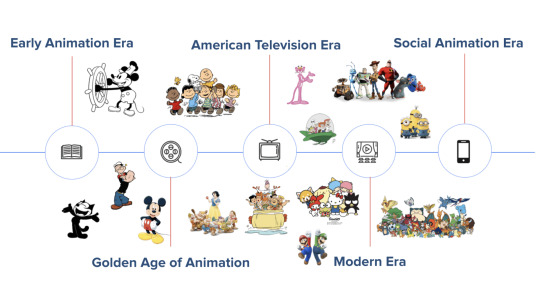
Due to early experimenters' discovery of the principle of persistence of vision, the theory of the animated cartoon was developed fifty years before the invention of the cinema.
Let's take a look at where it all started!
THEN: THE EARLY ANIMATION ERA
ZOETROPE
The earliest form of animation than was the Zoetrope, which was invented in 1834 by William George Horner. The device consists of a drum-shaped container with vertical slits cut into the sides. When the device is spun, the images inside appear to move. This was the start of what would soon become a powerful tool in the world of entertainment.

The evolution of animation has been influenced by technological advancements, cultural shifts, and artistic innovations. It has gone from simple black-and-white drawings to visually stunning animated movies that take your breath away.
In the early 1900s, the first animated films started appearing. Winsor McCay's "Little Nemo" was the first animated film to use frames, and it opened the door for other animators to explore the possibilities of animation as a medium.
youtube
Early animations were simple and relied heavily on black-and-white drawings. However, as time passed, technology improved, and filmmakers began experimenting with color and sound to make their animations more immersive.
The 1930s saw the rise of Walt Disney Studios and the introduction of full-length animated feature films. The first full-length animated film, "Snow White and the Seven Dwarfs," was released in 1937 and was a massive success. Disney's films introduced new techniques, like cell animation, which allowed animators to create more fluid movements for their characters.
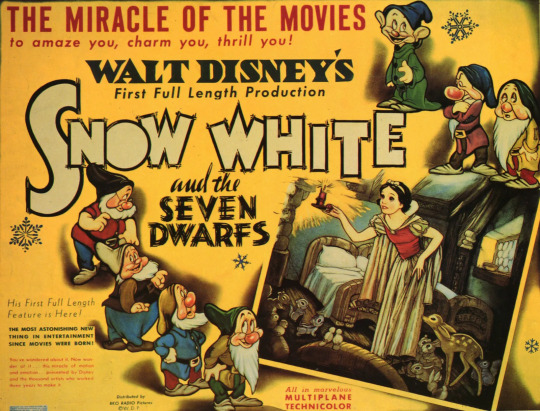
As animation began to mature as an art form, new styles, and techniques emerged. In the 1960s and 1970s, the counterculture movement in America influenced animators to experiment with bizarre, psychedelic imagery. Examples of these styles include the works of Ralph Bakshi, who created films like "Fritz the Cat" and "Heavy Traffic."
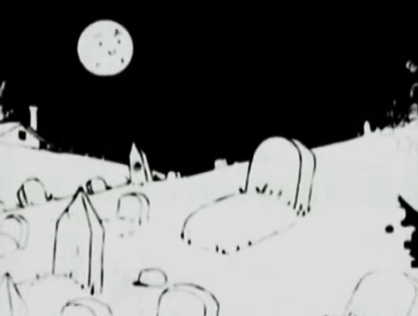
NOW: GOLDEN AGE ANIMATION TO HYPER-REALISTIC ANIMATION
The evolution from Golden Age animation to hyper-realistic animation has not been a simple linear process but has gone through several stages. One of the first steps towards hyper-realistic animation was the introduction of rotoscoping in the 1970s. Rotoscoping involves tracing over live-action footage to create animations that are more fluid and natural. This process was used in films like Disney's "101 Dalmatians" and "Robin Hood" to make the movements of animals and humans look more lifelike
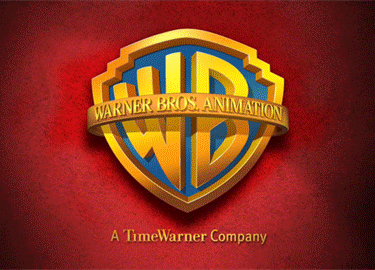
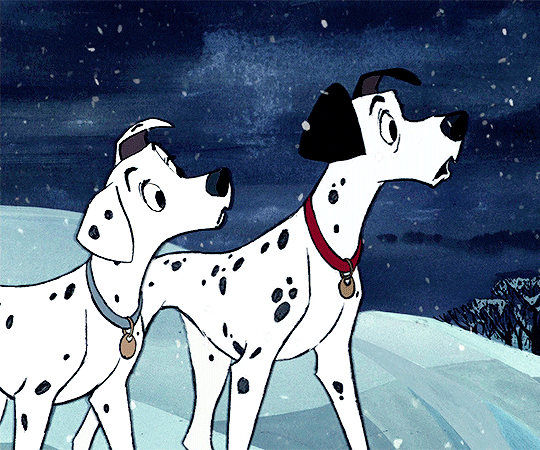
The 1980s and 1990s saw the emergence of computer-generated animation, which allowed animators to create complex, three-dimensional images. Pixar, founded in 1979, was one of the first companies to use computer-generated graphics in their animations, resulting in films like "Toy Story" and "Finding Nemo."

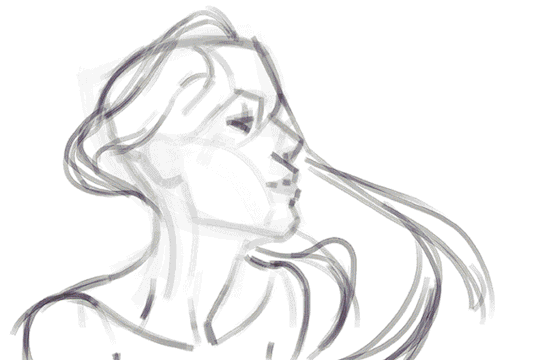
Today, animation has reached new heights of artistic and technical achievement. Animators can create lifelike characters with detailed facial expressions, intricate background designs, and stunning visual effects that immerse audiences in entirely new worlds. Animation is no longer considered just a medium for children's entertainment but is now appreciated as a legitimate form of art.
#animation#walt disney#golden age of animation#hyperrealistic#historyofanimation#then and now#media back then and now#art#artoffilm#3dart#early animation#artistic#contemporary film#mediumofart#entertainment#formofart#animators#rotoscoping#popculture#media
4 notes
·
View notes
Text
James Dietrich was the studio composer for the Universal/Lantz cartoons from 1930-1937 and his scores are pretty amazing
From 1930’s Not So Quiet. Directed by Walter Lantz & Bill Nolan for Universal/Lantz
#animation#classic cartoons#cartoons#golden age of animation#art#walter lantz#bill nolan#oswald the lucky rabbit#battlefield#war#1930#1930’s#universal
22 notes
·
View notes
Text
Is this Flip the Frog posting? On MY dash??? Damn we need more classic cartoon posting here.
4K notes
·
View notes
Text
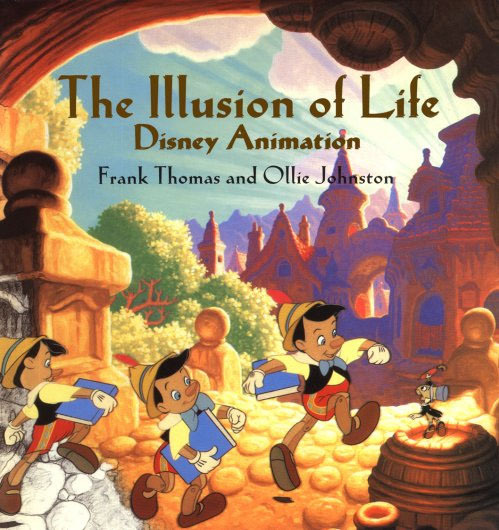
Disney Animation: The Illusion of Life (later republished as The Illusion of Life: Disney Animation) by Frank Thomas and Ollie Johnston.
This is not just an "animation book". It's an amazing volume on visual storytelling, written by two of the key animators at Disney during the Golden age of American animation.
#Disney#Disney Animation: The Illusion of Life#The Illusion of Life: Disney Animation#Frank Thomas#Ollie Johnston#golden age of animation
0 notes
Text



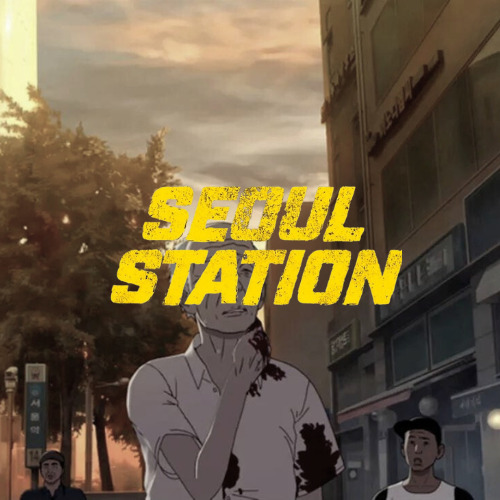

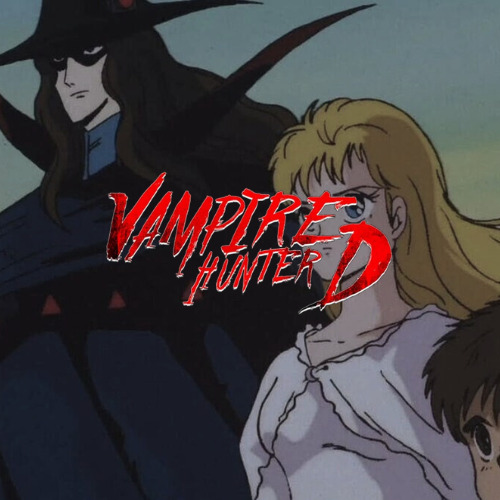


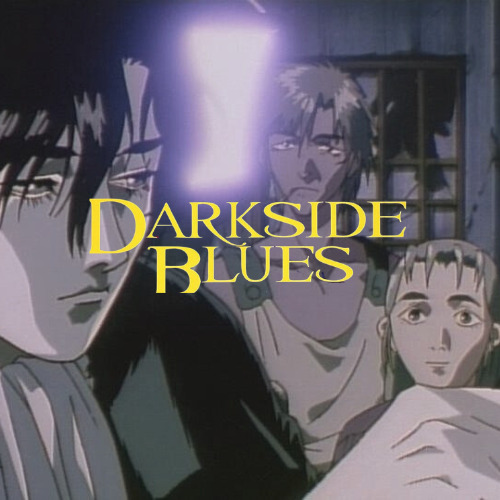
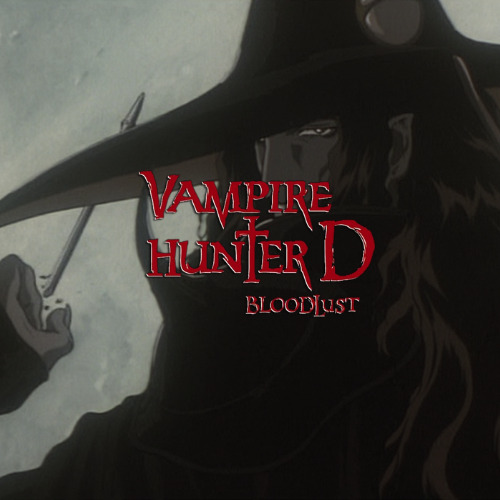

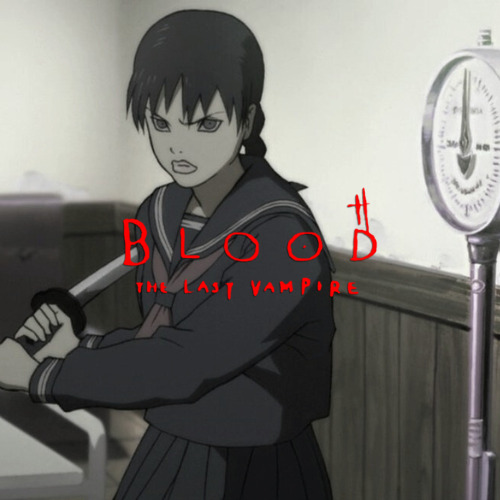

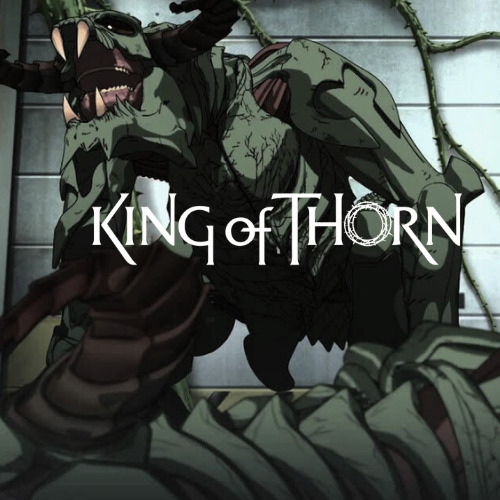
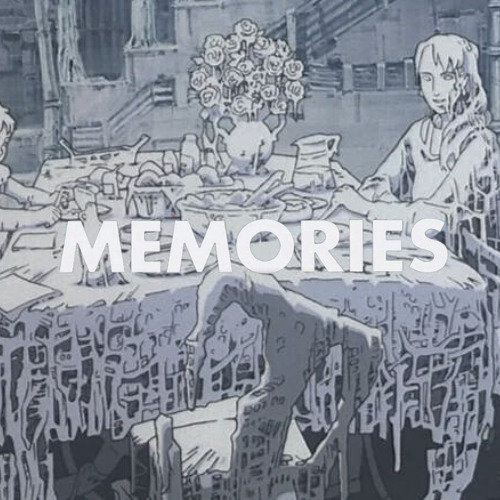
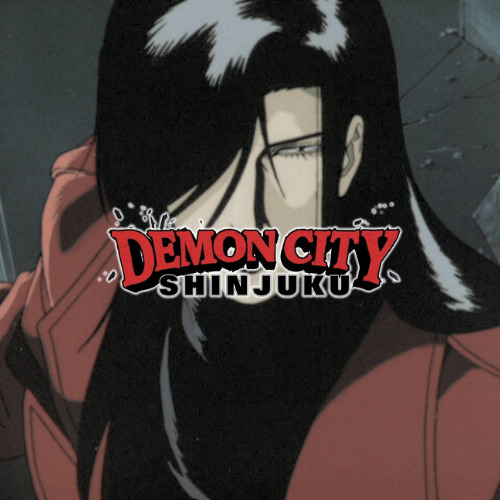


horror sub-genres/techniques: anime horror
#i only did movies so dont come at me for not putting a series#horror#horror movies#horroredit#moviesedit#filmedit#cinema#horror cinema#wicked city#perfect blue#biohunter#seoul station#paprika#ok maybe im stretching it with that one but ugh#vampire hunter d#jin roh#gyo: tokyo fish attack!#darkside blues#vampire hunter d bloodlust#twilight of the dark master#blood the last vampire#the empire of corpses#king of thorn#memories#demon city shinjuku#ninja scroll#berserk golden age arc#picked the more horror movie one for that one#*mine*#anime
3K notes
·
View notes